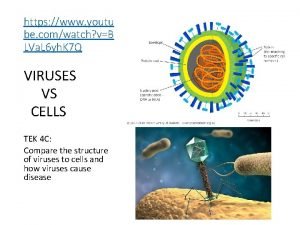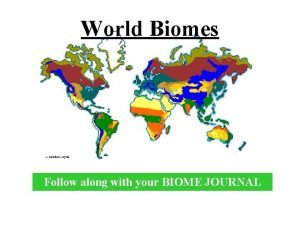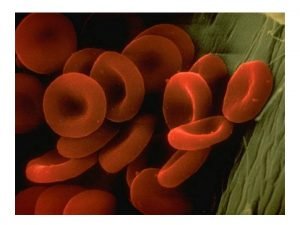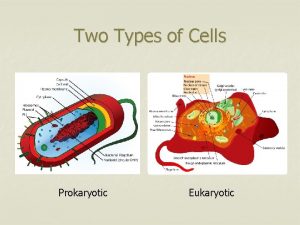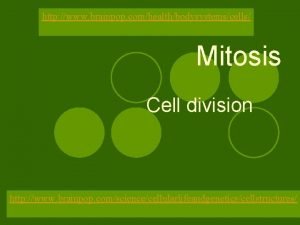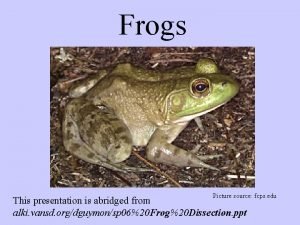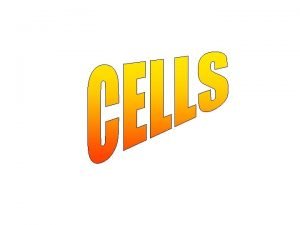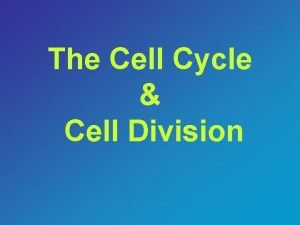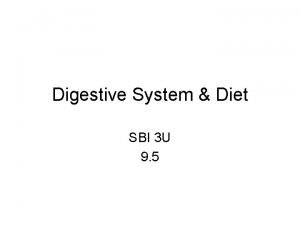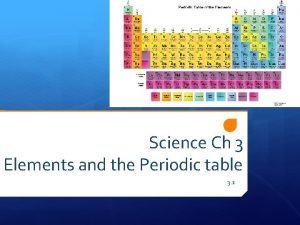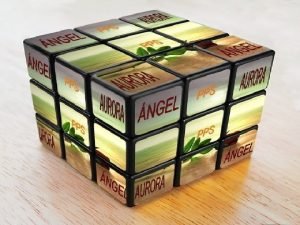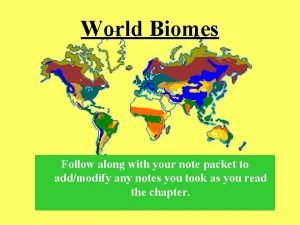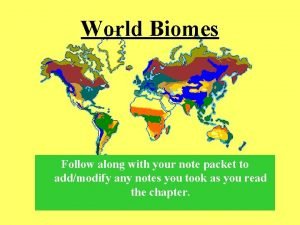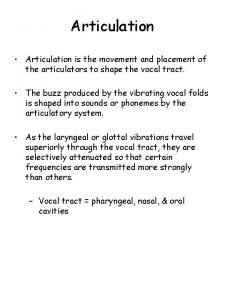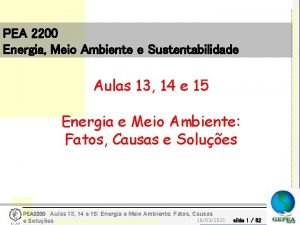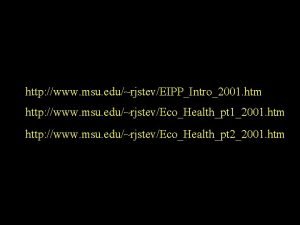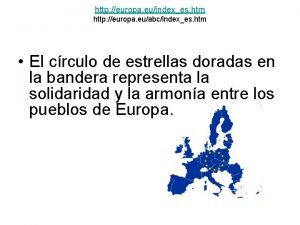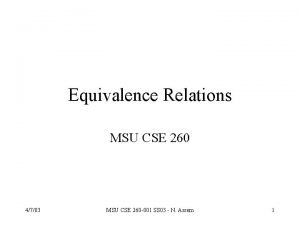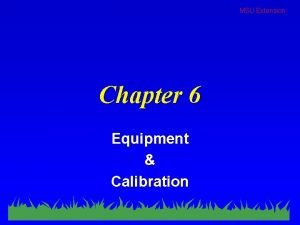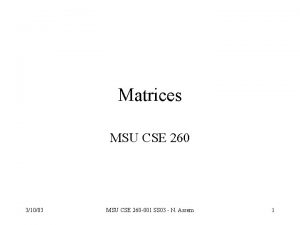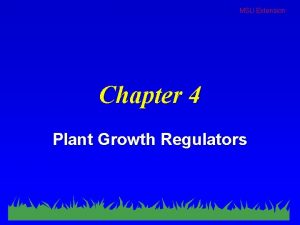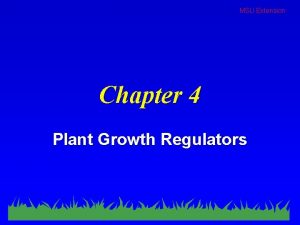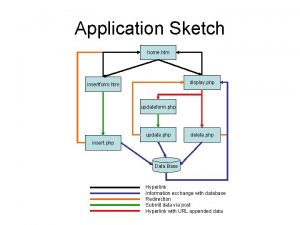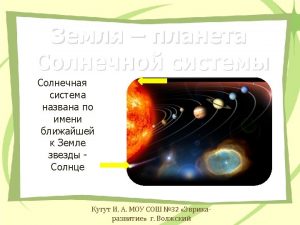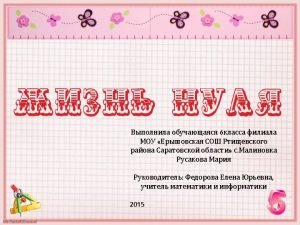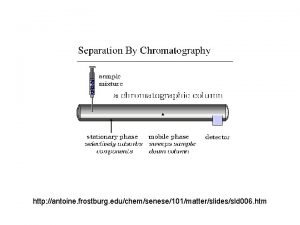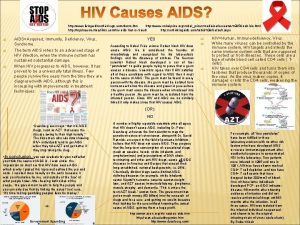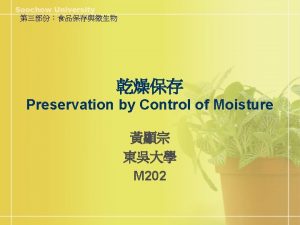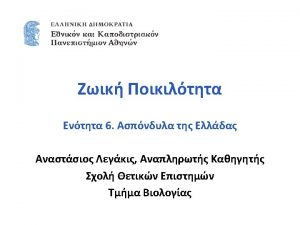http www msu edurjstevEIPPIntro2001 htm http www msu
























- Slides: 24

http: //www. msu. edu/~rjstev/EIPP_Intro_2001. htm http: //www. msu. edu/~rjstev/Eco_Health_pt 1_2001. htm http: //www. msu. edu/~rjstev/Eco_Health_pt 2_2001. htm

What are Ecosystems and Why Do We Need to Protect Them?

Points of Emphasis • Ecological Systems are Complex, but Logical • Ecosystems are Dynamic, yet Homeostatic • Ecological Responses to Humans Varies with Duration of Stress • Values of Ecosystems

What is an Ecosystem? Group of interacting organisms and the physical and chemical elements in a defined area. Sun Consumers (Animals) Producers (Plants) Moisture Temp Decomposers (Bact. ) Abiotic Chemicals (CO 2, H 2 O, O 2, NH 3)

What is an Ecosystem? Group of interacting organisms and the physical and chemical elements in a defined area.

Watershed Hydrology & Sourcesheds Routes of Resources and Contamination

Nutrients Light Allochthonous Input Algae Grazers CPOM/ FPOM Plants Bact. & Fungi Predators Shredders Collectors Aquatic Ecosystems

Allochthonous Input Material Cycling Nutrients Algae Grazers CPOM/ FPOM Plants Bact. & Fungi Predators Shredders Collectors

Allochthonous Input Light Energy Cycling Algae Grazers CPOM/ FPOM Plants Heat Energy Bact. & Fungi Predators Shredders Collectors

Allochthonous Input Energy Cycling Balance Light GPP = R Algae GPP Grazers CPOM/ FPOM Plants Heat Energy Respiration (R) Bact. & Fungi Predators Shredders Collectors

Nutrients Light Allochthonous Input Algae Grazers CPOM/ FPOM Plants Bact. & Fungi Predators Shredders Collectors

Nutrients Light Allochthonous Input Algae Grazers CPOM/ FPOM Plants Bact. & Fungi Predators Shredders Collectors

Nutrients Light Allochthonous Input Algae Grazers CPOM/ FPOM Plants Bact. & Fungi Predators Shredders Collectors

Allochthonous Input Nutrients Light O 2 Algae Grazers Predators CPOM/ FPOM Shredders Collectors Plants Bact. & Fungi

Bioconcentration of Contaminants (Residues of DDT (ppm) in various trophic levels of an estuary food web) Fish-eating Birds (3. 15 -75. 5) Fish (0. 17 -2. 07) Shrimp (0. 16) Mud Snail (0. 26) Organic Debris (0. 3 -13. 0) Cladophora (0. 03) Clam (0. 42) Plankton (0. 04) Insects (0. 230. 3) Marsh Plants (0. 33 -2. 8)

Interactions among Organisms and Their Environment • Biotic Interactions – Trophic Interactions (i. e. predator/prey) – Competition • Intraspecific • Interspecific – Disease/Parasitism – Mutualistic Interactions • Abiotic Factors (Limiting factors) – Climate • • Temperature Rainfall Day – Length Seasons – Geology • Soils & Water Chemistry • Hydrology • Soil Moisture – Resources • Light • Nutrients – Physical Disturbance

Abiotic Regulation (non-resource) of Populations (Species) Metabolism (e. g. growth, reproduction) Range of Tolerance Zone of stress Comp. Level Environmental Gradient (e. g. Temp)

Resource Regulation of Populations Metabolism (e. g. growth, reproduction) Range of Tolerance Zone of stress Comp. Level Resource Gradient (Light, N, P, Prey)

Population Abundance Carrying Capacity (CC) of Populations CC Time (d, wks, mon, yrs)

Population Abundance Carrying Capacity (CC) of Populations CC Time (d, wks, mon, yrs)

Interactions Among Land, Streams, Lakes, and Wetlands Land Lakes Streams Wetlands

Habitat Functions • Storage and Transformation – (Water, Nutrients, Sediments) – Settling or Biological Uptake and Retention • Transport (Water, Nutrients, Sediments, Biota) • Habitat for Spawning/Breeding • Habitat for Development of Young • Habitat for Adults • Productivity • Support of Diversity • Homeostasis from Interactions

Natural Regulatory Factors & Ecoregions

Natural Sources of Variability • Primary Factors – Climate (Temp/Rain) – Geology • Secondary Factors – Hydrologic Variability – Soils – Temperature – Water Chemistry – Light • Species Membership • Competition • Predation • Mutualism • Production • Primary Production • Secondary Production • Nutrient and Energy Cycling • Soil fertility • Fisheries productivity
 North south east west globe
North south east west globe Http //www.vtaide.com /png/digestivef.htm
Http //www.vtaide.com /png/digestivef.htm Http://www.cellsalive.com
Http://www.cellsalive.com Https://www.youtu
Https://www.youtu Taiga plants adaptations
Taiga plants adaptations Plant cell
Plant cell Http://www.cellsalive.com/howbig.htm
Http://www.cellsalive.com/howbig.htm Cellsalive.com
Cellsalive.com Quien fue leonardo fibonacci de pisa
Quien fue leonardo fibonacci de pisa Http://www.tvdsb.on.ca/westmin/science/snc2g1/frogresp.htm
Http://www.tvdsb.on.ca/westmin/science/snc2g1/frogresp.htm Http://www.cellsalive.com/cells/cell_model.htm
Http://www.cellsalive.com/cells/cell_model.htm How is meiosis different in males and females
How is meiosis different in males and females Prophase metaphase anaphase telophase
Prophase metaphase anaphase telophase Abiotic factors in taiga
Abiotic factors in taiga Issac newton virgin
Issac newton virgin 5 step of digestion
5 step of digestion Http //elements.wlonk.com/elements table.htm
Http //elements.wlonk.com/elements table.htm Simple machines activities middle school
Simple machines activities middle school Http://pipedial.iespana.es/index2.htm
Http://pipedial.iespana.es/index2.htm Http://www.blueplanetbiomes.org/world_biomes.htm
Http://www.blueplanetbiomes.org/world_biomes.htm Http://www.blueplanetbiomes.org/world_biomes.htm
Http://www.blueplanetbiomes.org/world_biomes.htm Anterior posterior pillars
Anterior posterior pillars Http ddffff
Http ddffff Htm
Htm Pea
Pea



